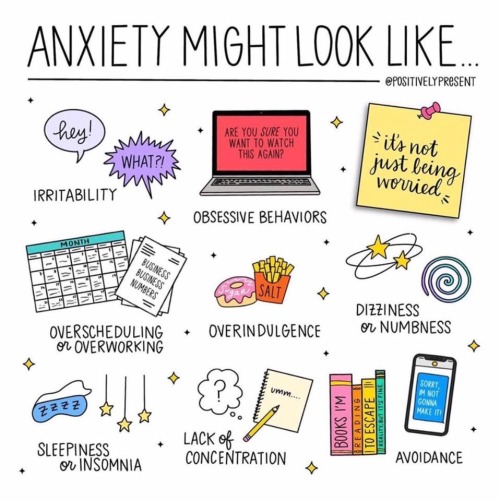Carmelite Altar Featuring The Flowers Of Carmel:

Carmelite altar featuring the Flowers of Carmel:
The Infant of Prague
The Blessed Virgin of Carmel and St. Joseph
Sts. Teresa of Jesus and John of the Cross
More Posts from Mariaagnesi-fangirl-blog and Others
The rosary is such a good place to put all these feelings.
To redirect my sorrows through the sorrowful mysteries and release them along with the Last Words is somehow transformed into a profound joy. To cry to Mother, our blessed Advocate, is right and pleasing. My sin is great. But the mercy of God is greater.

From Earthrise to the black hole: astronomy’s most famous images.
Photographs from history that capture humanity’s exploration of the heavens.

20 July 1969
One of the most iconic views of Earth, taken from the Apollo 11 spacecraft as it orbited the moon. Describing the scene, the astronaut Neil Armstrong said: ‘It suddenly struck me that that tiny pea, pretty and blue, was the Earth. I put up my thumb and shut one eye, and my thumb blotted out the planet Earth. I didn’t feel like a giant. I felt very, very small’ | This caption was updated on 11 April 2019 to correct the date the picture was taken, photograph: Nasa.

21 July 1969
Buzz Aldrin, the lunar module pilot for the first moon landing, poses on the lunar surface. The footprints of the astronauts are clearly visible in the soil. Neil Armstrong took the picture with a 70mm Hasselblad lunar surface camera Photograph: American Photo Archive/Alamy

25 February 1979
This dramatic view of Jupiter’s great red spot and its surroundings was obtained by the Voyager 1 space probe
Photograph: JPL/Nasa/UIG/Getty Images

14 February 1990
Often referred to as ‘the pale blue dot’ image, this picture was taken when Voyager 1 was 4bn miles (6.4bn km) from Earth and 32 degrees above the ecliptic plane. Earth is a mere point of light, just 0.12 pixels in size when viewed from that distance. The fuzzy light is scattered sunlight because Earth was close to the sun (from the perspective of Voyager)
Photograph: JPL/Nasa

6 January 2004
The first colour image of Mars taken by the panoramic camera on the Mars Exploration Rover Spirit. It was the sharpest photograph ever taken on the surface of the planet
Photograph: JPL/Nasa/AP

25 September 2012
Called the eXtreme Deep Field, or XDF, this photo was assembled by combining 10 years of Hubble space telescope photographs taken of a patch of sky at the centre of the original Hubble Ultra Deep Field. By collecting faint light over many hours of observation, the telescope revealed thousands of galaxies, both nearby and very distant, making it the deepest image of the universe ever taken at that time
Photograph: Hubble space telescope/Nasa/ESA

24 July 2015
A combination of images captured by the New Horizons space probe, with enhanced colours to show differences in the composition and texture of Pluto’s surface
Photograph: AP

10 April 2019
The first image of a black hole, captured by the Event Horizon telescope (EHT) – a planet-scale array of eight ground-based radio telescopes forged through international collaboration. The shadow of a black hole seen here is the closest we can come to an image of the black hole itself, a completely dark object from which light cannot escape
Photograph: EHT Collaboration/UCL

Winter in den Bergen

Our Lady of Snow in Prague, Czech Republic
Picture taken by Me.

As we head into a new academic year - remember to look out for your pals! Anxiety isn’t what we might think it is!

A Trail of Night Lights from the International Space Station






now is the day of salvation




The Litany of Saint Dymphna
My suspension from playing DnD (because I tried to build a nuclear bomb) is almost over. And you know what that means :)))

-
 keboy07 liked this · 4 years ago
keboy07 liked this · 4 years ago -
 strangeknightherringpurse liked this · 4 years ago
strangeknightherringpurse liked this · 4 years ago -
 mileysyrups liked this · 5 years ago
mileysyrups liked this · 5 years ago -
 mariaagnesi-fangirl-blog reblogged this · 5 years ago
mariaagnesi-fangirl-blog reblogged this · 5 years ago -
 habit2cassock liked this · 5 years ago
habit2cassock liked this · 5 years ago -
 quincy304 reblogged this · 5 years ago
quincy304 reblogged this · 5 years ago -
 quincy304 liked this · 5 years ago
quincy304 liked this · 5 years ago -
 acatholicrose reblogged this · 5 years ago
acatholicrose reblogged this · 5 years ago -
 live-the-latin-mass liked this · 5 years ago
live-the-latin-mass liked this · 5 years ago -
 izabelledimishes liked this · 5 years ago
izabelledimishes liked this · 5 years ago -
 reves-imperiaux liked this · 5 years ago
reves-imperiaux liked this · 5 years ago -
 theraccolta reblogged this · 5 years ago
theraccolta reblogged this · 5 years ago -
 ordocarmelitarum reblogged this · 5 years ago
ordocarmelitarum reblogged this · 5 years ago

"There is a pre-established harmony between thought and reality. Nature is the art of God." - Gottfried Willhelm Leibniz
164 posts